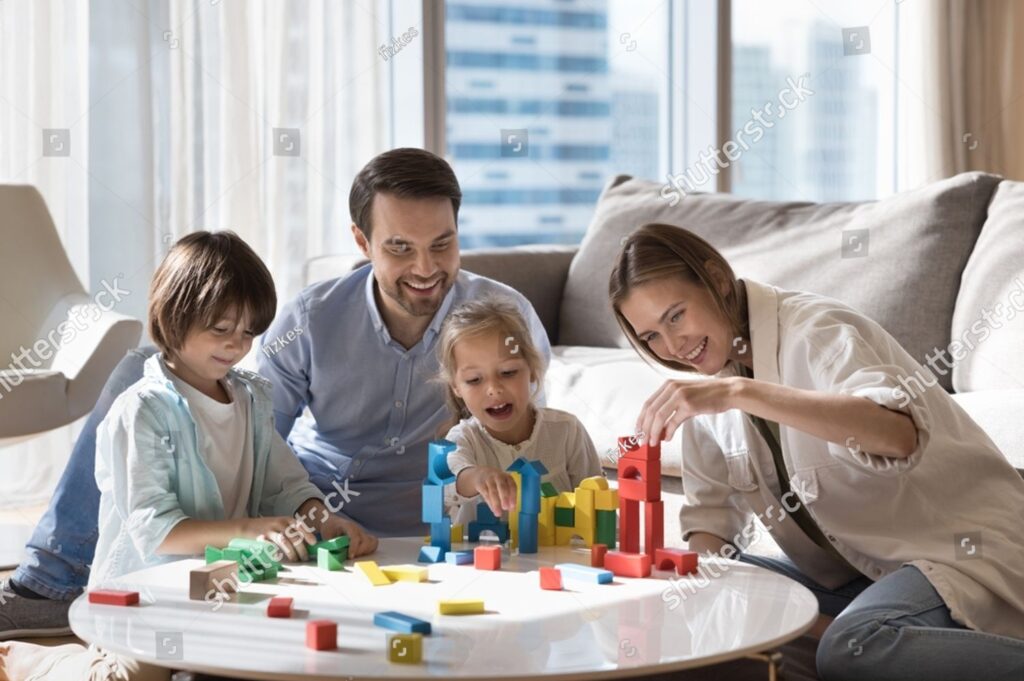When considering purchasing toys for children, parents wonder:
Are wood toys superior to plastic toys? Confronted with rows of shiny, brightly colored toys on the store shelves, wood toys may seem old-fashioned. But there is more to that question than one might think at first blush.

Let’s discuss the main differences between plastic and wooden toys — such as materials, safety, environmental friendliness, durability, and others — in simple terms.
1. Material Differences:
Wooden Toys
Wood toys are made of wood which is natural. They are generally sanded, carved, and possibly painted using non-toxic paints. Wood is strong and gives off a natural feel which is also warm.
Plastic Toys
Plastic toys consist of manmade materials, which are normally created in a factory setting. They can be any color, shape, and size. Plastic is lightweight, flexible, and easy to mold into many shapes.
Point To Note
Wood is strong and natural, while plastic is flexible and synthetic.
2. Safety Factors:
Wooden toys
Wooden toys are safer, especially if made of smooth, high-quality wood and painted using non-toxic paint. They do not get broken very quickly and do not tend to include small removable parts.
Plastic toys
Some toys made of plastics have toxic chemicals like phthalates or BPA. In addition, when plastic cracks, it also develops jagged edges. Little pieces of plastic also lead to choking among kids.
Point To Note:
Wood toys are safer and less toxic compared to plastic toys.
3. Non-toxic (impact on the environment):
Wooden toys
Wood is renewable and biodegradable, as it breaks down naturally in the environment. And if it’s from responsibly managed, sustainable forests, well, that’s even better for the environment!
Plastic toys
Plastic is not biodegradable and may require hundreds of years to break down. The majority of plastics end up in landfills or oceans, contaminating the environment and harming wildlife.
Point To Note
Wooden toys are eco-friendly and more suitable for the environment.
4. Lifespan and Durability:
Wooden Toys
Wood toys are long-lasting and not prone to breakage. They can be handed down from one child to another — even from one generation to another.
Plastic toys
Plastic toys, however, aren’t as strong. They get brittle, break, or become distorted when time passes. Low-cost plastic toys aren’t useful beyond two times of play.
Point To Note
Wooden toys tend to be more long-lasting and durable in character.
5. Cost and Availability:
Wooden toys
Wooden toys cost more than plastic toys. They are made one at a time and use high-quality material, hence more expensive. Additionally, you may not be able to get them everywhere, especially not in smaller stores.
Plastic toys
They are cheap and readily accessible. They can be purchased at most toy stores, grocery stores, and online shops.
Point To Note
Wood toys cost more but are more long-lasting, while plastic toys are cheaper and easier to get.
6. Learning and Creativity:
Wooden Toys
These toys are generally simpler in design – blocks, puzzles, stacking toys, and so forth. This simplicity encourages kids to think outside of the box and get creative. They also help to build problem-solving and motor skills.
Plastic Toys
Plastic toys flash, beeping or moving by themselves. Such toys may entertain kids but do not even cause them to think or be creative. And most of the time, kids end up pressing buttons instead of playing seriously.
Point To Note
Wooden toys provoke more thinking and imagination than plastic toys.
Wooden Toys Are Better:
Yes, Wooden Toys Are Better Yes, in several ways — wood toys are better. They are more eco-friendly, more long-lasting, safer, and more effective in your child’s learning and development. They might be pricier, but long-term, they represent fantastic value for money.
But plastics aren’t that bad. They cost little, are colorful, and even sometimes more fun for kids, with sound and light. The key is to choose well — look for quality toys, either wood or plastic, and always ask about safety standards.
Final Thoughts:
In terms of your child’s health, well-being, and environmental health, wood toys reign supreme. Despite just being wood, simplicity is powerful. That same wood block today is going to be used to build a castle, a vehicle, or even a spaceship — all fueled by your child’s imagination. The next time you shop for toys, do not simply ask yourself what is attractive — but what is best.

